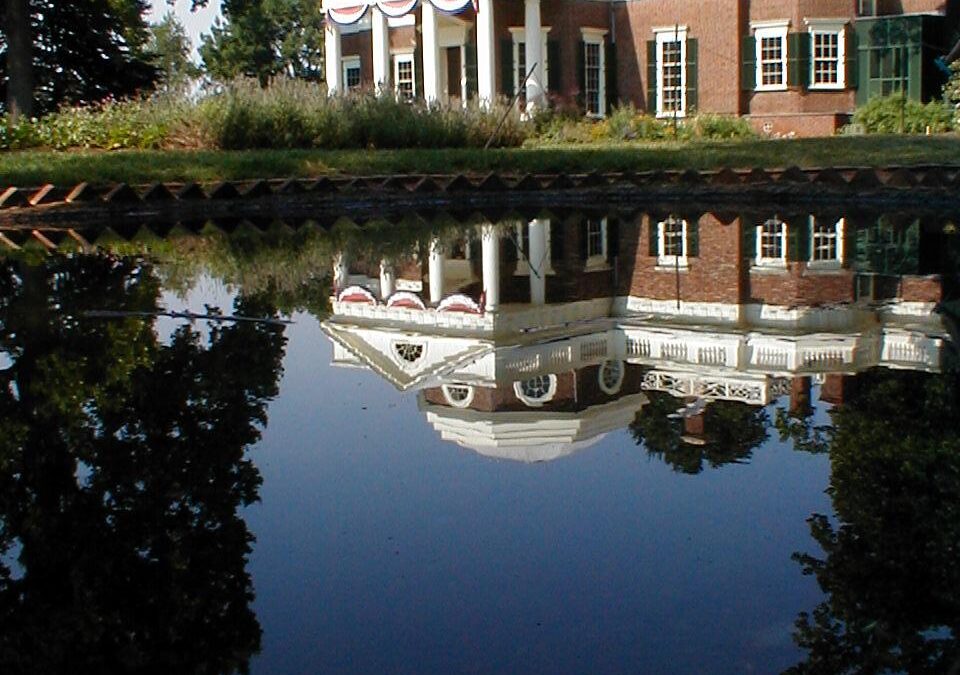This past year has seen many instances where the issues of preservation and rehabilitation have been in the news and on people’s minds. For those who have not been through the procedure of presenting before the Historic District Commission (HDC), the process is shrouded in mystery and fear. But Newport HDC, like most similar commissions around the state and country, operates on a relatively concise and straightforward set of rules. Because there are often tax and rehabilitation credits at stake, the government has established a set of standards to determine whether work qualifies as a proper preservation effort. These are the Secretary of Interior’s Guidelines for Preservation and Standards for Rehabilitation (designated “36 CRFR 67” for federal tax incentive programs), comprised of ten guidelines:
1. Property shall be used for its historic purpose or be placed in a new use that requires minimal change to the defining characteristics of the buildings and its site and environment.
2. The historic character of a property shall be retained and preserved. The removal of historical materials or alteration of features and spaces that characterize a property shall be avoided.
3. Each property shall be recognized as a physical record of its time, place, and use. Changes that create a false sense of historical development, such as adding conjectural features or architectural elements from other buildings, shall not be undertaken.
4. Most properties change over time; those changes that have acquired historic significance in their own right shall be retained and preserved.
5. Distinctive features, finishes, and construction techniques or examples of craftsmanship that characterize a property shall be preserved.
6. Deteriorated historic features shall be repaired rather than replaced. Where the severity of deterioration requires the replacement of a distinctive feature, the new feature shall match the old in design, color, texture, and other visual qualities and, where possible, materials. Replacement of missing features shall be substantiated by documentary, physical, or pictorial evidence.
7. Chemical or physical treatments, such as sandblasting, that cause damage to historic material shall not be used. The surface cleaning of structures, if appropriate, shall be undertaken using the gentlest means possible.
8. Significant archeological resources affected by a project shall be protected and preserved. If such resources must be disturbed, mitigation measures shall be undertaken.
9. New additions, exterior alterations, or related new construction shall not destroy historic materials that characterize the property. The new work shall be differentiated from the old and shall be compatible with the massing, size, scale, and architectural features to protect the historic integrity of the property and its environment.
10. New additions and adjacent or related new construction shall be undertaken in such a manner that if removed in the future, the essential form and integrity of the historic property and its environment would be unimpaired.
The Standards were written to help ensure the longest term benefit to the historic property and its “character-defining features,” which are those components that make each building identifiable, particular and notable. But the Standards are not intended to be a strait-jacket that traps the owners of the building into inaction or impossible requirements. The online preface clearly notes: “The Standards are to be applied to specific rehabilitation projects in a reasonable manner, taking into consideration economic and technical feasibility,” so the issues of operation, cost, and feasibility are important, implied factors in the implementation of the rules.
Preservation is not simply about avoiding doing anything to an existing structure. It is about honoring the special and best elements of the past, acknowledging the operational realities of the present, and preparing the building for financial stability long into the future. Whether with a landscape or a building or an entire community, preservation is the difficult and sometimes contentious process of finding the middle path between doing too little and watching a historic structure deteriorate and doing too much and thereby changing that asset unnecessarily. It is a delicate balance that involves determining what is reasonable and which features of a building are character-defining. But in the end, it is the Rehabilitation Standards that must serve as a measure by which decisions are made and applications are approved or denied, because they are the foundation on which Historic Commissions are built and legally operate.
Looking to remodel your home? Let’s connect.
Join the Architectural Forum to stay up-to-date with architectural news from Rhode Island and abroad.
Ross Cann, RA, AIA, LEED AP, is an urban planner, historian, educator, and practicing architect in Newport RI. This article was initially published in ARCHI-TEXT, in Newport This Week September 12, 2013.
